Moringa oleifera (Miracle Tree)
Description
Moringa oleifera (Moringaceae) is native to India which grows in tropical and subtropical regions of the world. It is commonly known as drumstick tree and horseradish tree. It can stand with severe drought and mild frost conditions therefore it can be cultivated widely across the world. Its leaves are rich in minerals, vitamins and essential phytochemicals. Extracts of leaves are used to treat malnutrition and increase lactation in mothers. It is high medicinal and used as anticancer, antioxidant, anti diabetic, antimicrobial and anti-inflammatory. Due to its highly nutritive value Moringa is known as “Miracle Tree”.
Nutritive Value and Phytochemical Constituents
- Every part of Moringa has nutritive value and it is said to be have 17 times more calcium than milk, 7 times more vitamin C than oranges, 10 times more vitamin A than carrots, 9 times more protein than yoghurt, 25 times more iron than spinach and 15 times more potassium than bananas.
- Its leaves are rich in minerals such as potassium (K), calcium (Ca), Iron (Fe), magnesium (Mg), zinc (Zn) and copper (Cu).
- It has vitamins like vitamin A, vitamin B (folic acid, nicotinic acid and pyridoxine), vitamin C, vitamin D, vitamin E.
- Its phytochemical constituents includes flavonoids, sterols, tannins, terpenoids, alkaloids, saponins, anthraquinones, reducing sugar and anti-cancerous agents like isothiocyanates, glucosinolates, glycerol-1-9-octadecanoate and glycoside compounds.
- It is rich in phytosterols such as sitosterol, kampesterol and stigmasterol which are originators of hormones like estrogen that stimulates the production of milk in mammary glands.
- The pods contains about 47% of fiber, 21% protein and 30% amino acid content. The pods and flowers consists of linolenic, linoleic, oleic and palmitic acid.
Medicinal Importance
- Moringa is used to cure more than 300 diseases and has a long medicinal history from India and Africa.
- It is essential for growth and development due to its high calcium content.
- It is used as a substitute for iron and provide the treatment of anemia.
- It helps in proper growth of sperm cells and in the synthesis of DNA and RNA.
- It is a best remedy to control cholesterol due to the presence of linolenic, linoleic, oleic and palmitic acid.
- It has potential to cure both Type 1 and Type 2 diabetes.
- It is also anti-atherosclerotic agent.
- It is used as natural anti-cancer and anti-neoproliferative agent, thus inhibiting the growth of cancer cells.
- It is also used as a potent neuro-protectant and antioxidant which can reduce the reactive oxygen species, thereby protects the brain.
- It decreases acidity in gastric ulcers and used as an antiulcer agent.
- It also boosts up the immune system and generally used for the patients of AIDS and HIV.
- It is also a potent therapy for arthritis.
- The roots and bark are used for dyspepsia, heart complaints and eye disorders.
Commercial Importance
- Moringa seeds are used to extract oil which is known as Ben oil that is rich in sterols, oleic acid and tocopherols.
- This oil can be used in cooking as a substitute for olive oil. It is also used for lubrication and in manufacture of perfumes.
- The seeds are also used as coagulants that contain a cationic protein which can removes wastes from turbid water. This property of seeds is attracting industrialists because the available coagulants in markets such as activated carbon, aluminum sulfate and ferric chloride are so expensive and rare.
- The seeds also reports to eliminates heavy metals like copper, cadmium, arsenic, lead and chromium from water.
- It is highly antibacterial and inhibits bacterial growth thus preventing waterborne diseases.
- It is also used in cosmetic and a good source of biodiesel.
- Its seeds are ground to make flour which is used to treat malnutrition and incorporated into chocolates, sweets and desserts in order to increase its nutrient value. Such fortifications needs to be encourage the intake of Moringa in children.
- The flowers are a great source of nectars and kept by beekeepers.
- They are also used to make tea which is hypocholesterolemic.
- The tree releases gum which is used in calico-printing.
- The leaves release a hormone called Zeatin which can increases crop yield by 25% to 30%.
- Moringa tree is a great source of income for the nation if its potential for highly nutritive food is used by the industries.
Side effects of Moringa
A daily recommended dose of Moringa should be 70 g suggested. However high doses cause over accumulation of nutrients such as high iron can cause hemochromatosis and gastrointestinal distress.

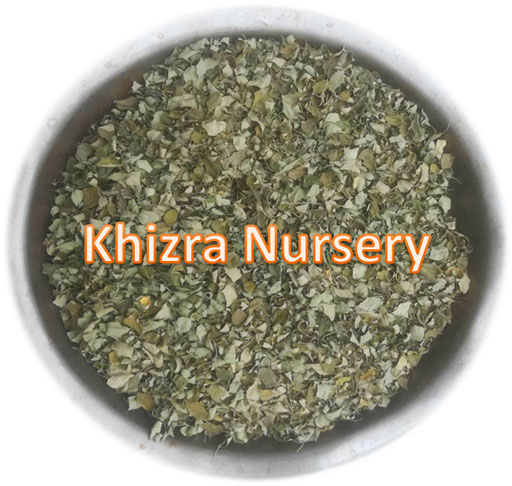
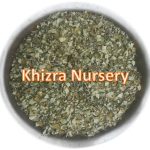
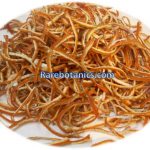
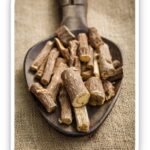
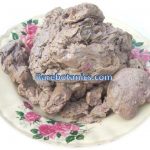
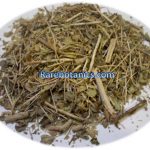
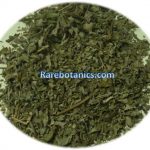
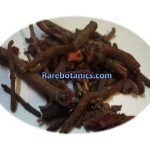
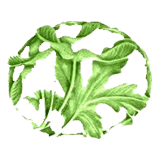
Reviews
There are no reviews yet.